France’s last guillotine execution only 40 years ago
Forty years ago this week, France conducted its last execution by guillotine. A handsome Tunisian immigrant named Hamida Djandoubi was led to a bladed contraption and his head placed in the stock before the blade dropped quickly and ended his life.
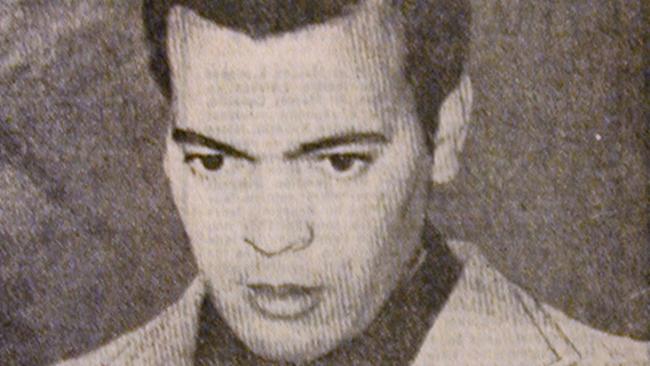
Today in History
Don't miss out on the headlines from Today in History. Followed categories will be added to My News.
THEprisoner in the Marseilles’ Baumettes jail was roused from his dozing state and told it was time to get ready. His guards waited while he put on his artificial leg before escorting him from his prison cell. Although he was being taken to his execution, the handsome, neatly coiffured, dark-skinned man named Hamida Djandoubi was calm and smoked a cigarette offered by one of the guards.
At one stage he complained that his handcuffs were too tight and they were removed. He smoked another cigarette and was offered a drink of rum. But when he asked for another cigarette to buy more time, he was refused.
He was led to a courtyard where a bladed contraption stood with a wicker basket beneath. He was thrown down roughly and head placed in the stock before the blade dropped quickly and ended his life. The date was September 10, 1977, 40 years ago this week. France had conducted its last execution. Four years later capital punishment was abolished, thus ending the reign of the guillotine.
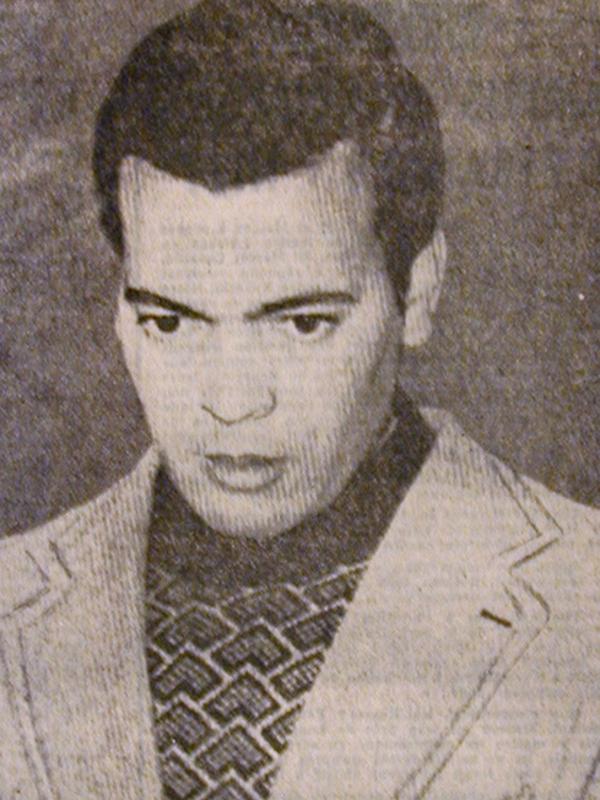
Machines for decollation (beheading) had been around since ancient Roman times, with devices such as the mannaia, which clamped a victim’s head into place and a blade was pushed through a slot then hammered down using a heavy mallet.
The “Halifax Gibbet” of the 13th century used a swinging axe blade. In 1307, according to Holinshed’s Chronicles (published in the 16th century), Irish felon Murcod Ballagh was executed with a device resembling a guillotine. His executioner, David de Caunteton, who was given a reward of 12 marks, seven shillings and eight pence for doing the deed, was later hanged for rebelling against the king.
Other versions were used over the centuries but the most infamous was the French guillotine. In 18th century France there was growing opposition to inhumane methods of putting the condemned to death. One story was how in 1738 a pregnant woman had passed by a man being “broken” on a wheel, a spoked wooden wheel to which a person was tied and then bludgeoned to death in public. The woman was so alarmed by the man’s cries that she went into labour. In the years before the revolution when public discontent grew with his government, King Louis XVI banned the wheel.
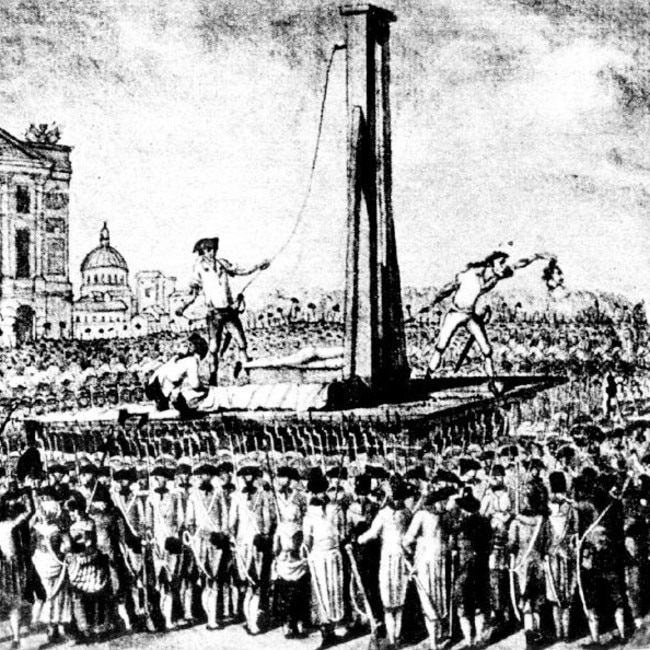
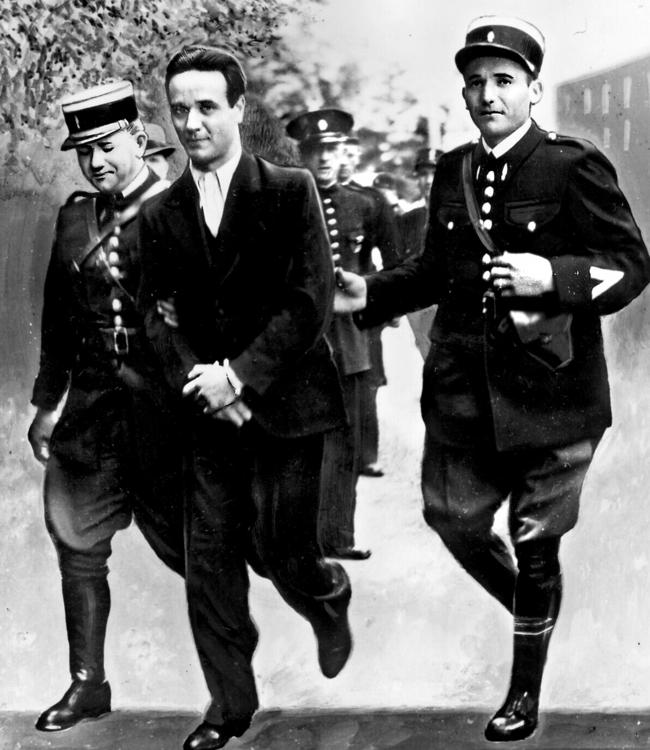
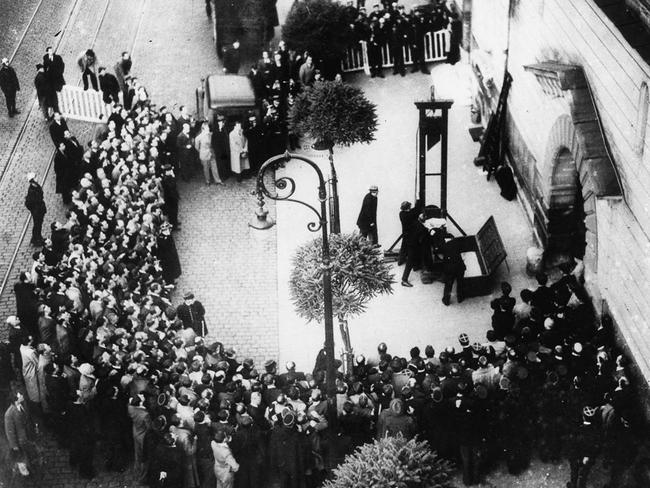
The people rose up against Louis, anyway, forming the National Assembly in 1789. Faced with the prospect of having to execute criminals, physician Joseph-Ignace Guillotin proposed in the Assembly the use of some humane and egalitarian method of putting people to death. Before the revolution, beheading had mostly been used for the elite, while hanging and death by torture was for everyone else. Even before the overthrow of the monarchy Guillotin had been an advocate of abolishing the death penalty. But as a member of the new government he accepted the reality that criminals would continue to be condemned so he advocated it be done humanely “in the twinkling of an eye and you never feel it.”
A committee was formed to suggest other methods. On that committee was professor of physiology Atoine Louis who designed a contraption with an angled blade that could cleanly slice the head from a condemned person. In 1791 the Assembly decreed that decapitation was the only legal form of execution. Louis’ design was given to German harpsichord manufacturer Tobias Schmidt who was commissioned to make the machine, tweaking the design after it was tested on corpses. At first it was known as a “louisette” but later dubbed the Guillotine.
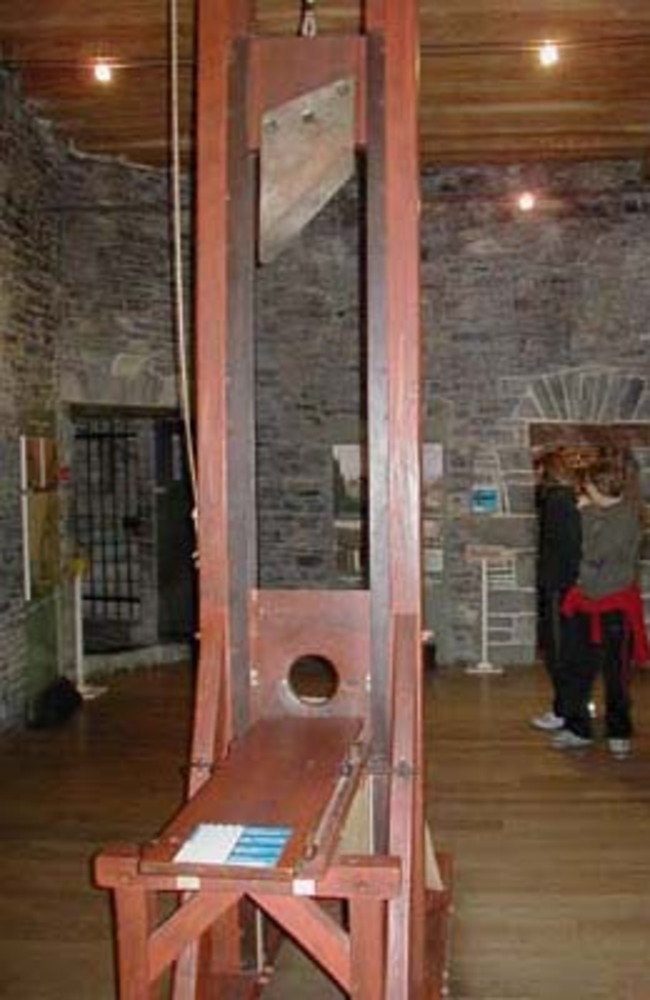
The first person to have his head cleaved off was highwayman Nicolas Jacques Pelletier in 1792. Like most past executions it was conducted in public, but some in the crowd complained that it was over too soon and chanted for the return of the gallows. But generally the execution was thought to be a success. The guillotine was used on political prisoners, the highest profile being King Louis XVI on January 21, 1793. Some stories say that when his head was picked up afterwards and slapped, the cheek reddened. During the “Reign of Terror” from 1793 to 1794 the guillotine was lopping heads sometimes at a rate of 300 a day.
Even after the revolution the guillotine was the only legal means of execution (with the exception of special crimes of state or military crimes, which were carried out by firing squad). But in the 20th century there were protests to end guillotining as a public spectacle.
The last public execution by guillotine was in 1939. The criminal was German-born Eugen Weidmann, who had kidnapped and killed at least six people, some of them rich tourists. After the hysterics of some of the crowd that had gathered to witness the execution the government ordered that all future executions be carried out in private.
The last execution was Djandoubi. Born in Tunisia, Djandoubi was an agricultural worker who had lost a leg in a workplace accident. In 1973 he tortured and murdered Elizabeth Bousquet. He attempted to kidnap another woman in 1974 but she escaped and reported him to police. He was arrested and condemned and in 1977 earned his place in history.



